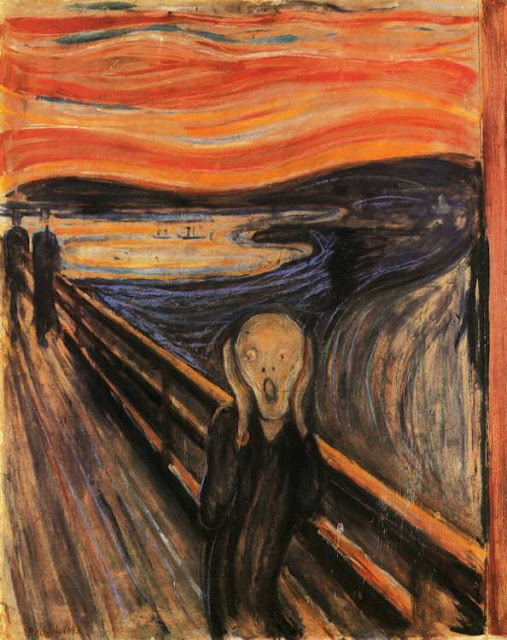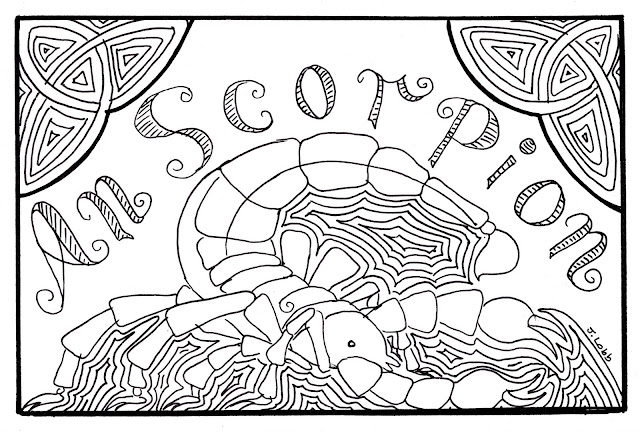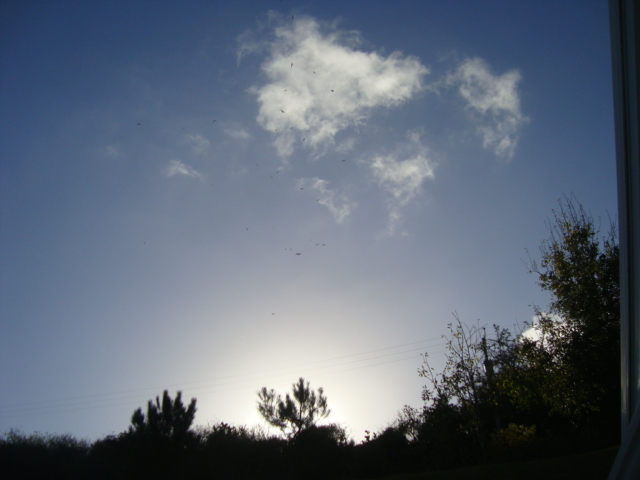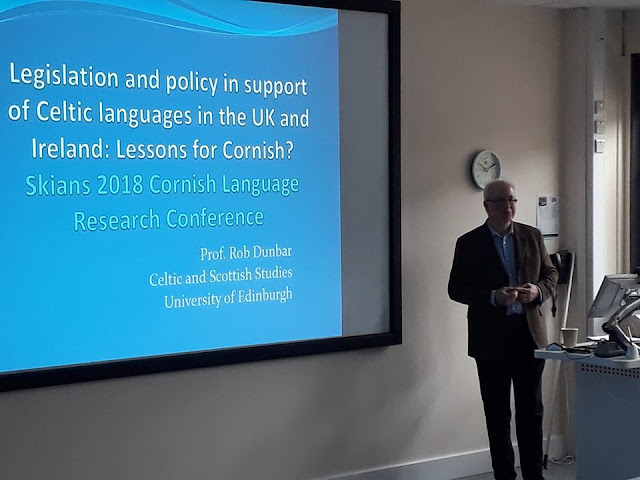Day Three Hundred and Three
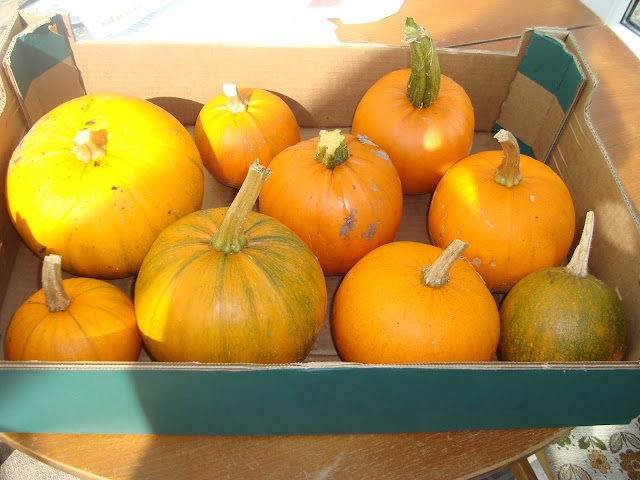
Trei Hansves Dedh ha Trei De Merher, üdnegves warn ügens mis Hedra. Wednesday, 31 st October Thew Gool Halan Gwav po Nos Halan Gwav (Samhain e’n lever-dedhyow Keltek pagan coth). Ma howlsedhes o merkya diwedh hav ha’n seson trevajow ha dallath gwav. Gellys ew hanter golow an vledhen ha ma hanter tewal an vledhen o toas. Avorow a vedh Du Halan Gwav po Degol a’n Ollsens en lever-dedhyow Cristyon. An gordhûher ma ew gerys da gen flehes. Mowns o cül lugarnow dhort pompyons. Ma lies pompyon e’n shoppas. Da ew gen flehes knackya war dharjow ha leverel, “Higa po whegow!” Cowl pompyon avorow! It’s Halloween (Samhain in the old pagan Celtic calendar). Sunset marks the end of summer and the season of harvests and the beginning of winter. The light half of the year has gone and the dark half of the year is coming. Tomorrow will be All Saints’ Day in the Christian calendar. This evening is popular with children. They make lanterns from pumpkins. There are lots of pumpkins in ...


